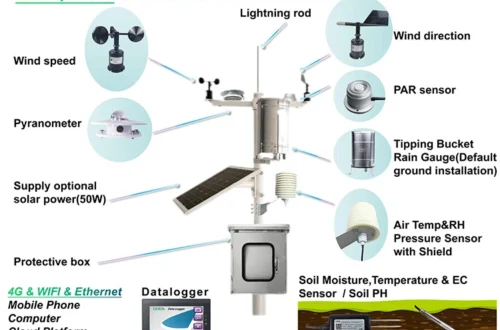Load Break Disconnector: Essential Features and Applications
# Load Break Disconnector: Essential Features and Applications
## Introduction to Load Break Disconnectors
A Load Break Disconnector (LBD) is a crucial component in electrical power distribution systems. This specialized switching device combines the functions of a disconnector and a load break switch, providing both isolation and load-breaking capabilities in a single unit.
## Key Features of Load Break Disconnectors
### 1. Dual Functionality
The primary feature of a Load Break Disconnector is its ability to perform two essential functions:
– Safe isolation of circuits (disconnector function)
– Interruption of load currents (load break capability)
### 2. Visible Break
Most LBDs provide a visible break in the circuit, allowing operators to verify the isolation status visually. This safety feature is particularly important for maintenance work.
### 3. Compact Design
Modern Load Break Disconnectors are designed to be space-efficient while maintaining high performance standards. Their compact size makes them suitable for various installation environments.
## Technical Specifications
Typical technical parameters for Load Break Disconnectors include:
-
- Voltage ratings from 12kV to 36kV
-
- Current ratings typically between 630A and 1250A
-
- Short-circuit withstand capacity up to 25kA
-
- Mechanical endurance of 10,000 operations or more
## Common Applications
### 1. Distribution Networks
Load Break Disconnectors are widely used in medium voltage distribution networks for:
-
- Sectionalizing feeders
-
- Isolating transformers
-
- Connecting/disconnecting capacitor banks
### 2. Industrial Installations
In industrial settings, LBDs provide safe isolation points for:
– Motor control centers
– Large machinery
– Process equipment
### 3. Renewable Energy Systems
The growing renewable energy sector utilizes Load Break Disconnectors in:
-
- Solar power plants
-
- Wind farm collection systems
-
- Energy storage installations
## Selection Considerations
When choosing a Load Break Disconnector, engineers should evaluate:
– Voltage and current ratings
– Environmental conditions
– Switching frequency requirements
– Safety certifications
– Maintenance needs
## Maintenance and Safety
Proper maintenance of Load Break Disconnectors includes:
-
- Regular visual inspections
-
- Contact resistance measurements
-
- Lubrication of moving parts
-
- Verification of operating mechanisms
## Conclusion
Load Break Disconnectors play a vital role in modern electrical systems by providing safe, reliable switching and isolation capabilities. Their combination of features makes them indispensable components in power distribution networks, industrial facilities, and renewable energy installations. Understanding their characteristics and proper application ensures optimal performance and system safety.
Keyword: Load Break Disconnector


